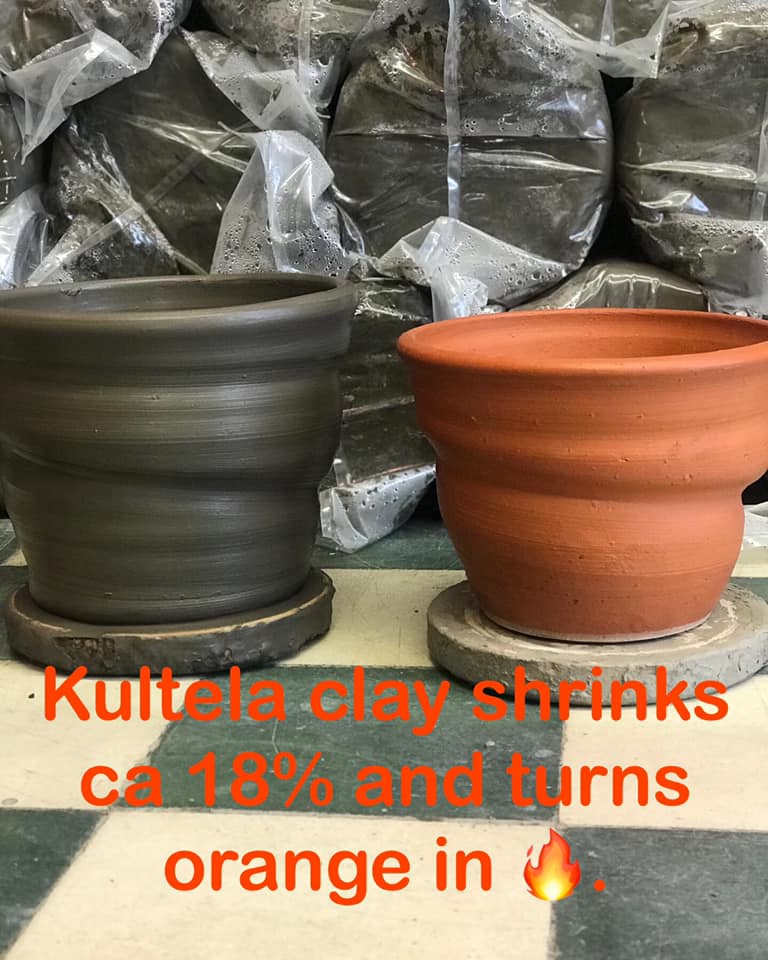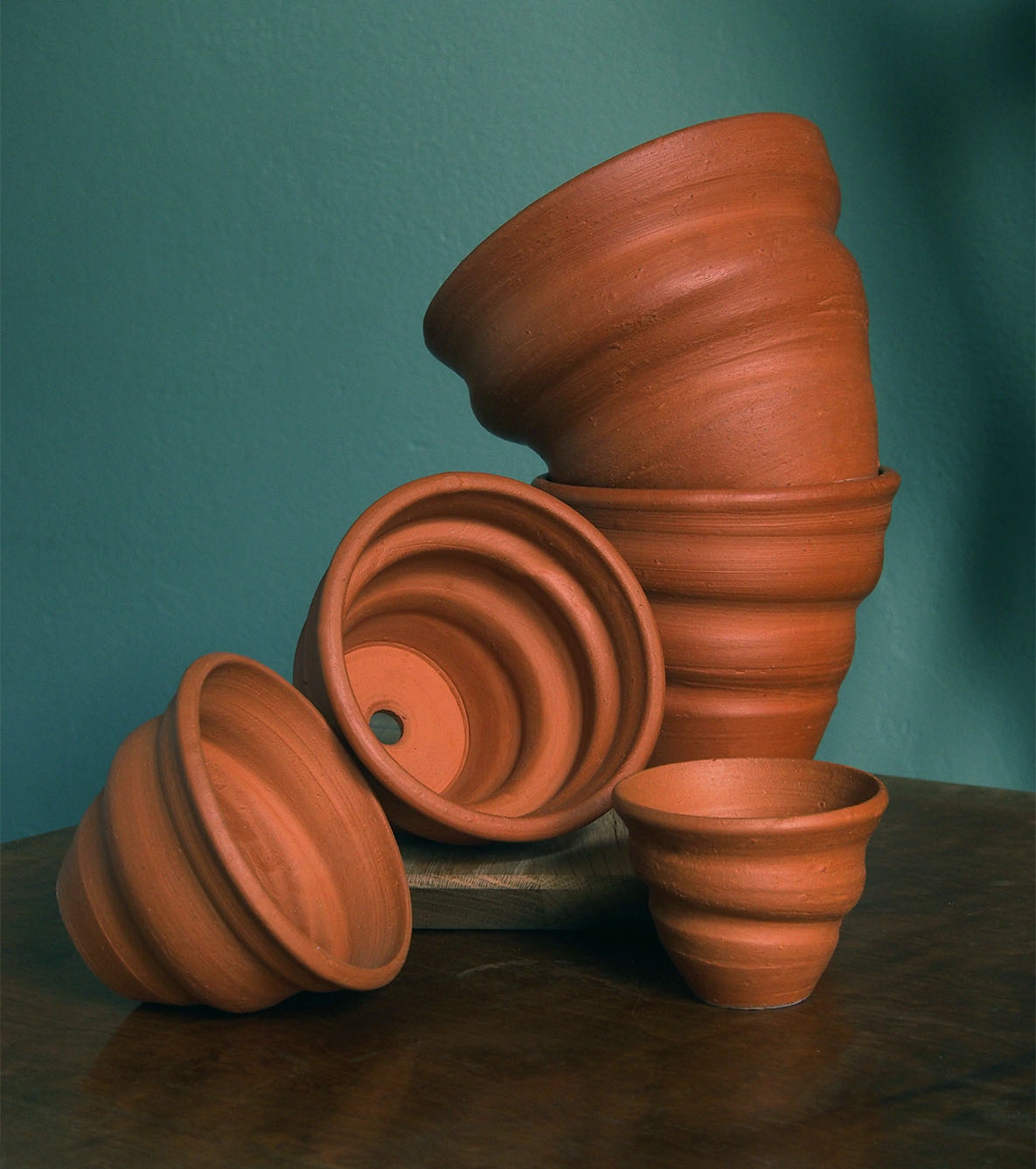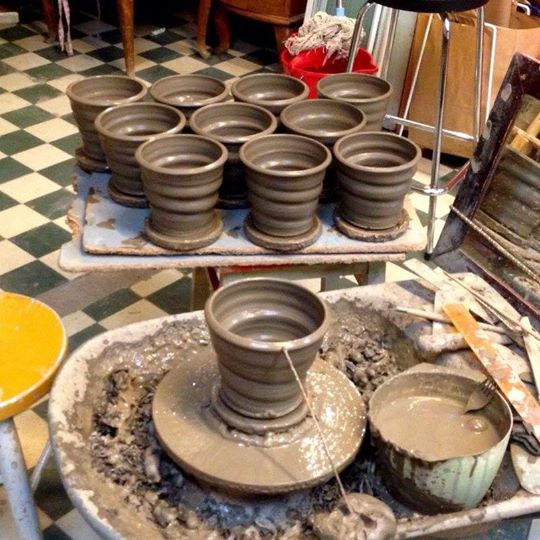UDUMBARA planters are made from wild clay from the small village of Kultela in Somero, Southwestern Finland.
The material gives the products a wonderfully rich earthy character. By choosing this local raw material, Udumbara wants to emphasize the unique and ecological value of authentic/wild clay.
Wild clay planters are ideally suited for a plant’s physiological needs. Part of their beauty is their tendency to beautify (Shibui 渋い) age as they weather and absorb mineral salts from the soil. It’s completely natural, porous, and has thermal properties that make it an asset to plants. The color of the planters will turn darker in use. The porous nature of clay also means you cannot easily overwater plants, the roots can breathe, and the clay itself has excellent heat retention and repellent properties. All of this adds up to better plant care.
Presoak terracotta pots before planting
Before planting anything new in an Udumbara planter, you should pre-soak the pot. The porous nature of the clay tends to pull water from the soil. Soaking the pots in clean water overnight prevents this.
Cleaning Udumbara planters
It is easy to clean the planter, and it is all about keeping fungus and algae from growing. The pores that naturally occur in the clay can harbor these and pass them on to the plants when you replant. Empty the planter of all soil and residue, scrubbing and rinsing if needed.
Baking the planters
Wild clay planters can be placed in an oven and baked up to 150 C (higher the heat slowly) about an hour. Do not remove the pots until they’ve cooled back down to room temperature as they will be sensitive to heat fluctuation.
Cleaning wild clay planters with vinegar
Mix it at a (maximum) 1:10 ratio of white vinegar to water and cover the planters entirely into the water overnight. Let the pots dry in the open air for at least two days after cleaning.
If you don’t like the build up on the planters (I love it! ), you can try to remove it, mix baking soda and water into a paste and then scrub the crust. Fine steel wool can also be used.
To me, part of the beauty of the wild clay planter is their tendency to beautify with age as they weather and absorb mineral salts from the soil.
Happy planting! Eva





